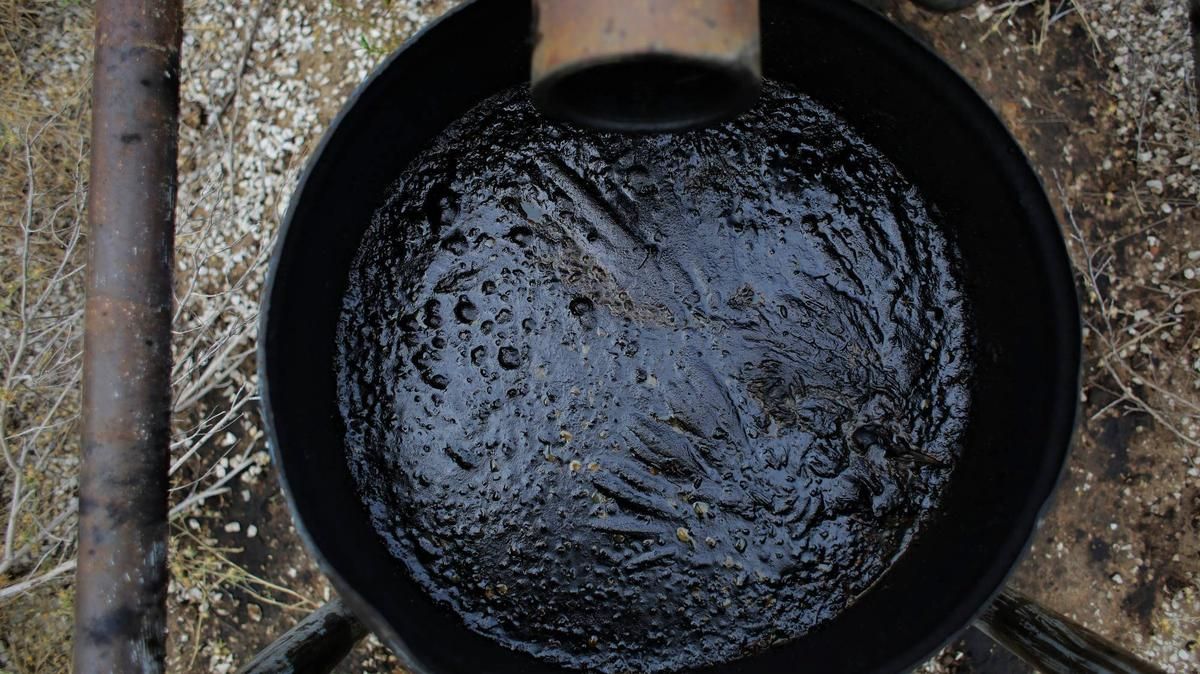Crude Oil Storage Tank Sludge
A major issue in crude oil tanks worldwide is the accumulation of sludge, also known as tank bottom sludge, which causes:
- Extra costs for cleaning
- Off line costs for operational downtime
- Transportation and disposal costs
Crude Oil Sludge Characteristics
Crude oil sludge comprises of hydrocarbons, asphaltenes, paraffin, water, and inorganic solids such as sand and iron (rust). Hydrocarbon is the principal component of crude oil sludge, which is formed when crude oil’s properties are changed as a result of changes in external conditions such as:
- Water in oil
- Temperature fluctuations
- Pressure changes
- Feedstock components
- Agitation

Problems of Crude Oil Sludge in Storage Tanks
Over time the repeated build-up of sludge starts to reduce the overall capacity of the storage tank.
The reduction in capacity will gradually increase without a pre-planned preventive maintenance programme.
As the capacity of the tanks begins to reduce so too does the throughput of the oil. In many circumstances further tank storage would be required.
Whenever crude oil is pumped from a storage tank it leaves a residue on the downstream pipe. With a high viscosity sludge, asphaltenes clump together and solidify with pressure and temperature changes.
Over time, the build up increases and hardens on the inside of the pipe, resulting in reduced flow or complete blockage of wells, pumps, pipelines and separators.
In the worst cases the pipeline can rupture causing spills and environmental damage.
The main disposal issue associated with oil sludge is that it is classified as hazardous waste and therefore needs to be sent to expensive hazardous waste facilities.
Uncontrolled handling of oil sludge often leads to severe and long lasting environmental pollution.
Our solution breaks down crude oil sludge in-situ to its base hydrocarbon resulting in almost zero waste.
